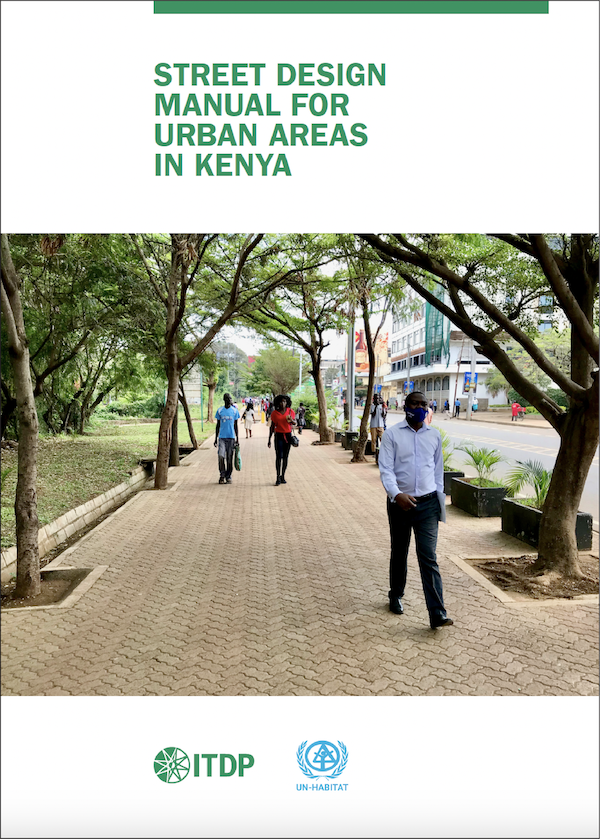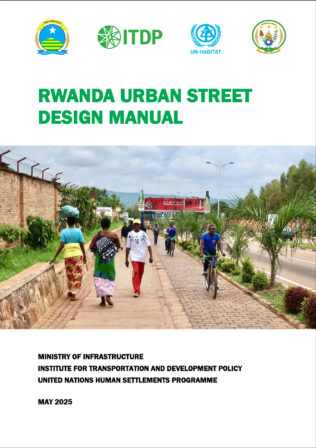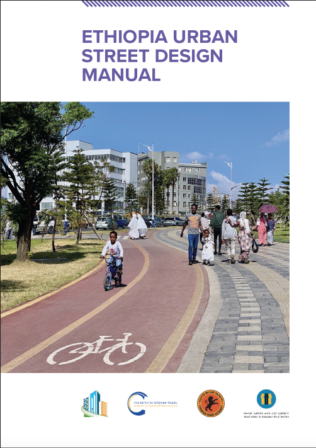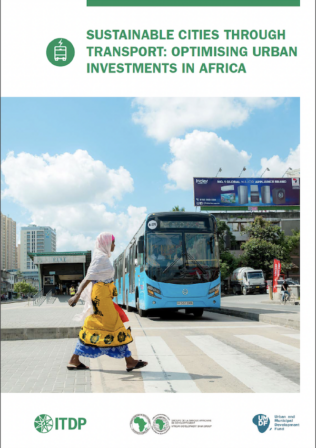Street Design Manual for Urban Areas in Kenya
Nairobi and other urban areas in Kenya have experienced a rapid increase in motor vehicle ownership over recent years, resulting in traffic congestion, air pollution, and a deteriorating urban environment. As many cities attempt to accommodate the increasing motorised traffic, public space is allocated to vehicles, leaving little or no space for the social and economic activities that enable cities to thrive. With Kenya’s urban population projected to reach 23 million by 2030, connectivity to education, employment, and social opportunities is fundamental to the country’s development. Kenya must start providing the required urban transport facilities and services to enable the citizens to access opportunities safely and efficiently.
To address these issues, the Institute for Transportation and Development Policy (ITDP) with support from the International Climate Initiative and Global Road Safety Fund has prepared a draft Street Design Manual for Urban Areas in Kenya (SDMUAK). The manual aims to mainstream best-practice street designs that support sustainable modes of transport and improve safety for vulnerable road users—particularly pedestrians and cyclists. Besides reducing the risk of death and serious injury, more inclusive street designs will yield significant co-benefits, including better access to jobs and opportunities, lower demand for travel by motorised vehicles, and reduced air pollution.




